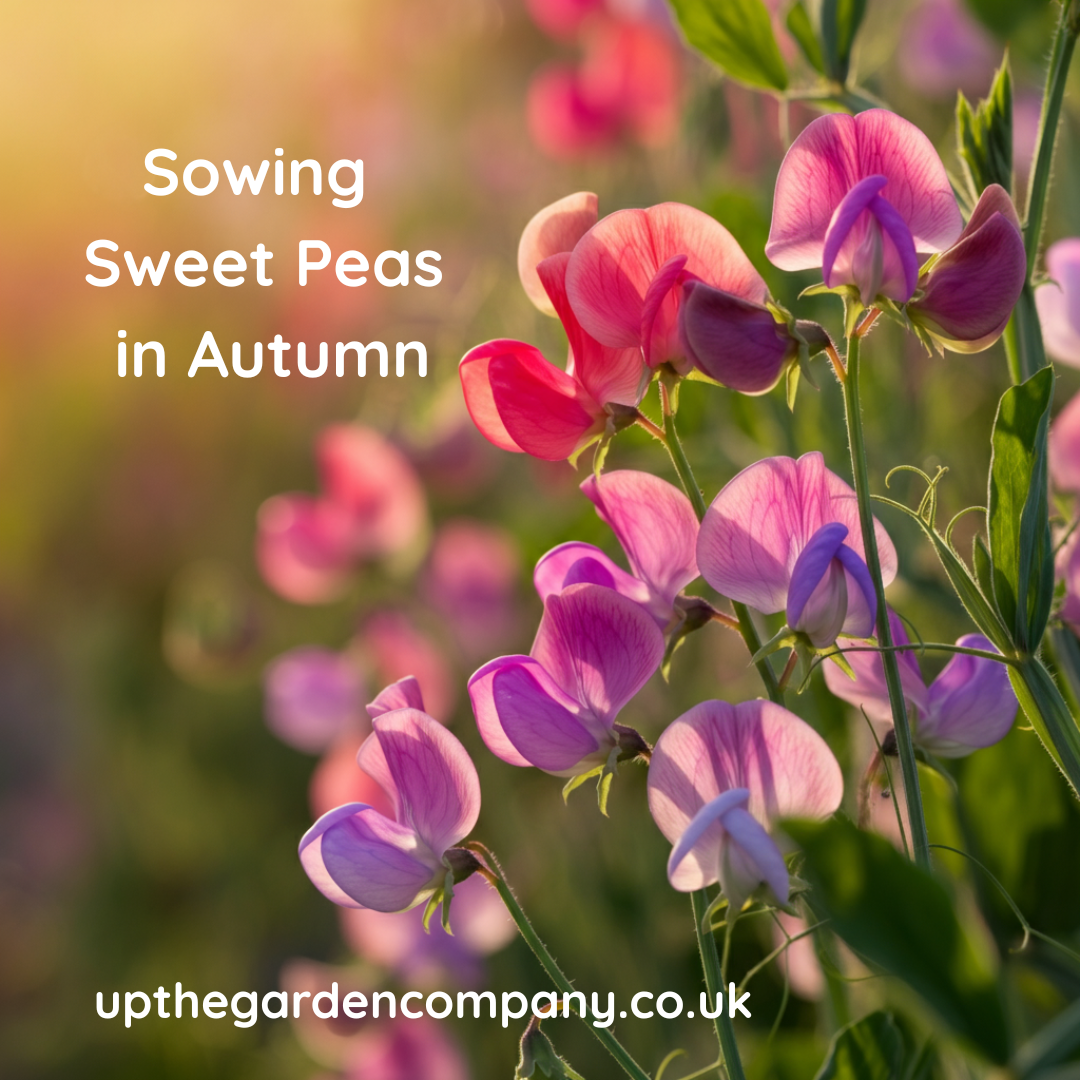The saffron crocus, Crocus sativus, is one of the most intriguing and historically significant plants in the world. Known primarily for producing the valuable spice saffron, this small, autumn-flowering perennial holds a story that intertwines with ancient civilisations, medicine and folklore.
A Description of the Saffron Crocus
Crocus sativus is a sterile triploid plant, which means it cannot produce viable seeds and must be propagated by hand from its corms. It grows from a bulb-like corm, reaching a height of approximately 10-30 centimetres.
Each corm produces one to seven lilac-to-mauve flowers. The flowers are distinguished by their three prominent, deep-red stigmas, which are the plant’s most valuable part. These stigmas, along with their styles, are harvested and dried to create saffron spice. The plant also has narrow, grass-like leaves that appear either with the flowers or shortly after they bloom.
Seasonal Interest
The saffron crocus offers distinct seasonal interest, primarily in the autumn. Unlike most other crocus species that flower in the spring, Crocus sativus blooms for a period of about three weeks from late October to November. During this time, the vibrant flowers provide a welcome splash of colour as other plants in the garden begin to fade.
The foliage typically emerges with the flowers and persists through the winter, providing some green ground cover before dying back in the spring. The corms then remain dormant throughout the summer until the growth cycle restarts in the autumn. This reverse seasonality makes it a unique addition to a garden’s yearly display.
Benefits of the Saffron Crocus
The primary benefit of cultivating Crocus sativus is the ability to harvest your own saffron. Saffron is the world’s most expensive spice by weight, and growing your own provides a fresh and cost-effective supply for culinary use. It imparts a distinct flavour, aroma, and a golden-yellow hue to dishes such as paella, risotto and various desserts.
Beyond its culinary value, saffron has been used in traditional medicine for centuries. Modern studies have explored its potential health benefits, which include:
- Antioxidant Properties: Saffron contains compounds like crocin, crocetin, and safranal, which are powerful antioxidants that help protect cells from oxidative stress.
- Mood Enhancement: Some research suggests that saffron may have properties that can help alleviate symptoms of mild to moderate depression.
- Cognitive Function: There is emerging evidence that saffron could support cognitive function and memory.
From a horticultural perspective, the saffron crocus is deer-resistant and relatively free from pests and diseases, making it a low-maintenance choice for many gardens.
Disadvantages and Challenges
Despite its benefits, cultivating the saffron crocus presents several challenges. The most significant disadvantage is the labour-intensive nature of harvesting. The stigmas must be picked by hand from each flower as soon as it opens. It takes approximately 150-200 flowers to produce just one gram of dried saffron, making it a demanding crop for commercial and even home growers.
The plant’s specific growing requirements can also be a drawback. Crocus sativus requires well-drained soil and a dry summer dormancy period. It will not thrive in heavy clay soils or regions with wet summers, as the corms are prone to rot.
Furthermore, because it is sterile, the plant relies entirely on human intervention for propagation. Corms must be dug up, divided, and replanted every few years to maintain a healthy and productive patch.
A History Rich with Spice and Colour
The origins of the saffron crocus are somewhat mysterious, but it is believed to have originated in or near Greece during the Bronze Age. Frescoes from this period, found on the island of Santorini, depict women harvesting crocus flowers, indicating its importance in ancient Minoan culture.
From the Eastern Mediterranean, its cultivation spread across Eurasia. The Persians used saffron extensively as a spice, a dye, and a medicinal herb. It is said that Alexander the Great used saffron-infused baths to heal his battle wounds.
During the Roman Empire, saffron was a symbol of wealth and was used to perfume public spaces. After the fall of Rome, its use declined in Europe but was preserved by the Moors, who reintroduced it to Spain. It later reached other parts of Europe, including England. The English town of Saffron Walden earned its name from the extensive crocus fields that surrounded it in the 15th and 16th centuries.
Folklore and Mythology
Given its long history and value, it is not surprising that the saffron crocus is steeped in folklore. In Greek mythology, the handsome mortal Crocus was turned into the flower that now bears his name. In one version of the myth, he was tragically killed while playing discus with the god Hermes, and the flower sprang from the drops of his blood.
In Persian culture, saffron was believed to bring wealth and was offered as a gift to kings. There was also a belief that saffron could induce laughter, and consuming too much could lead to a state of uncontrollable hysteria.
During the Middle Ages in Europe, saffron’s high value led to the “Saffron Wars,” and adulterating the spice was a crime punishable by death. These stories highlight the immense cultural and economic significance the plant has held throughout history.
Why You Should Grow Saffron Crocus
The saffron crocus is more than just a source of spice; it is a living piece of history. Adding it to your garden connects you to a tradition of cultivation that spans millennia and cultures across the globe. It offers a unique opportunity to harvest your own supply of a prized ingredient, bringing a touch of the exotic to your cooking.
Its autumn blooms provide late-season colour when most other flowers have faded, and its minimal susceptibility to pests makes it a resilient choice. While the harvest is labour-intensive, the reward of collecting your own saffron threads is immensely satisfying. For the gardener who appreciates history, unique plants, and the culinary arts, the saffron crocus is an unparalleled addition to the garden.
Further Reading: Snowdrops the symbol of Hope and Resilience, The Enchanting World of the Winter Aconite






